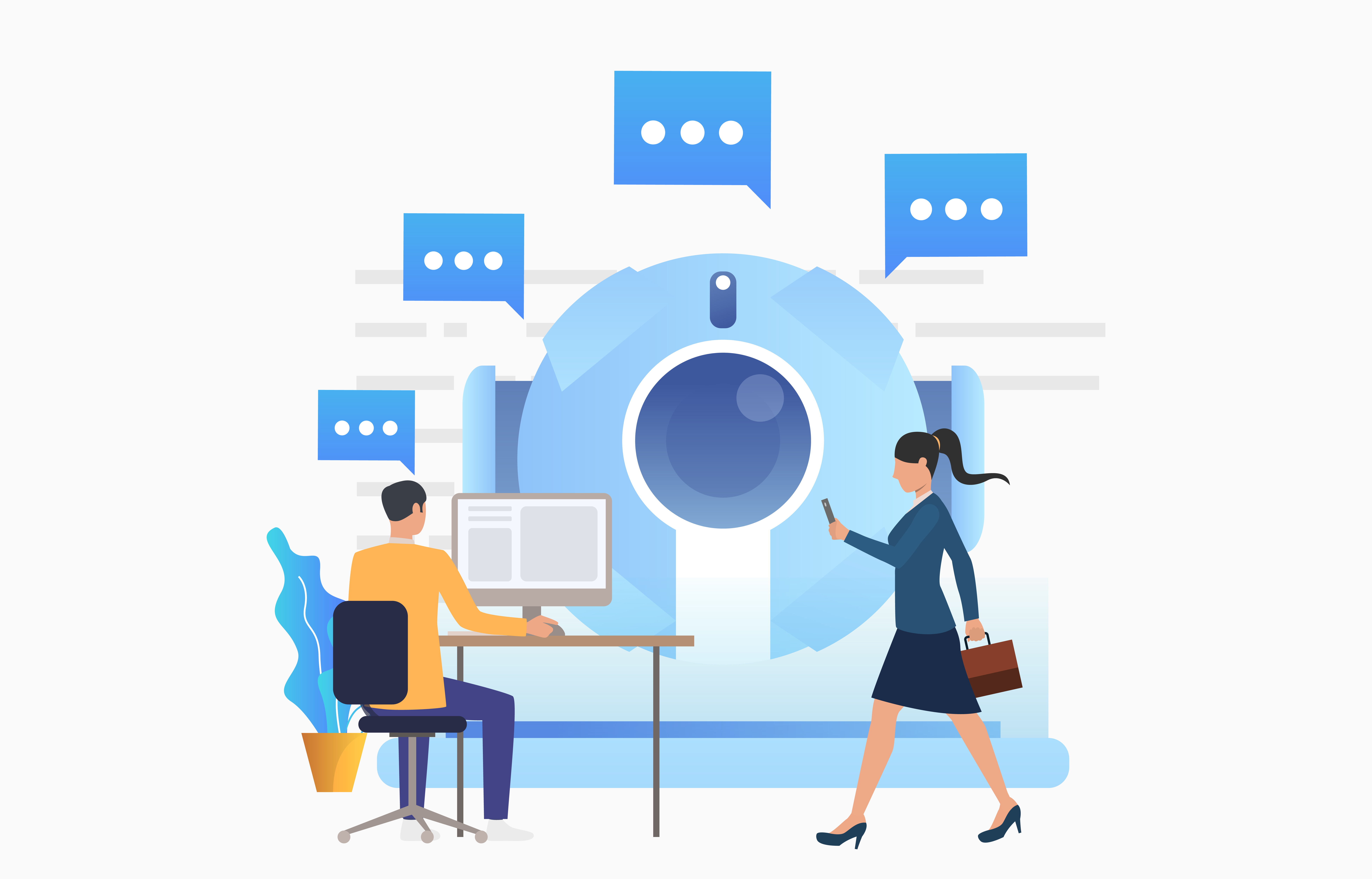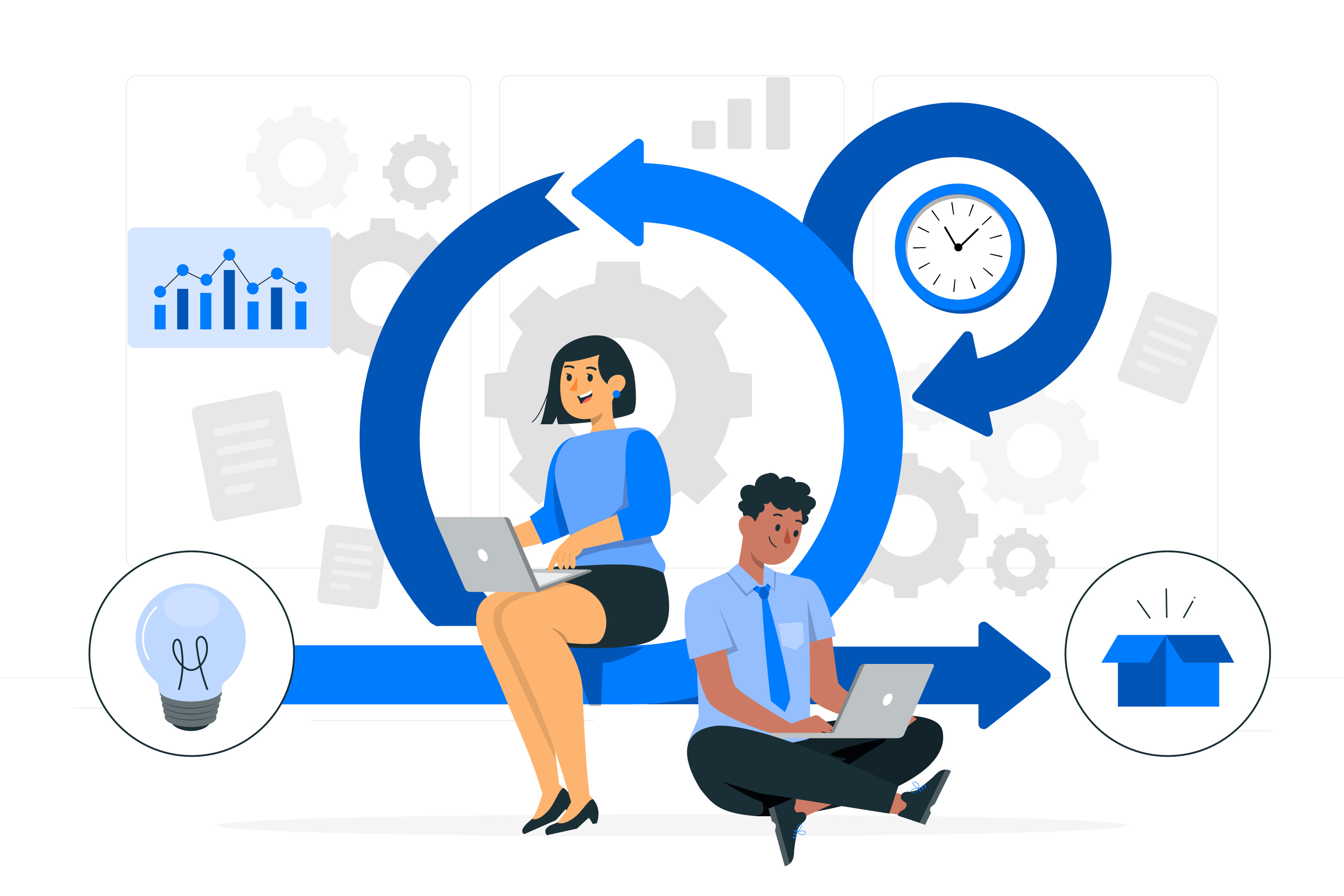How Microlearning Transforms Employee Onboarding
Companies that prioritize onboarding see 82% higher new hire retention and 70% greater productivity. Yet most organizations struggle with lengthy programs that overwhelm employees and deliver poor results. Research shows that reducing time-to-productivity from 90 to 55 days can save companies thousands per employee. This is where microlearning platforms like 5Mins transform the game. By breaking down complex onboarding into focused, bite-sized lessons, organizations achieve completion rates above 95% and create learning experiences that new hires actually complete.
Why Is Traditional Onboarding Failing Modern Workforces?
Traditional onboarding approaches create more problems than they solve. Most organizations rely on multi-day sessions, dense policy manuals, and overwhelming information dumps during the first week. New employees sit through hours of presentations, trying to absorb everything from company culture to compliance requirements in a single stretch. The result? Information overload leads to poor retention, low engagement, and extended time-to-productivity.
When new hires start without proper training access, they make preventable errors for up to three months. Time-to-productivity stretches to 90 days instead of the 30-day target most HR teams aim for. First-year turnover risk increases by 25% when onboarding falls short. Managers spend an extra 20 hours on individual training that should have been covered initially.
Today's employees expect flexible, on-demand learning that fits their schedules. They want mobile-first content they can access anywhere, not classroom sessions requiring hours in one place. When employee onboarding depends on who handles the process, new hires receive variable experiences. This inconsistency affects performance and damages first impressions.
What Is Microlearning and How Does It Work for Onboarding?
Microlearning delivers focused training content in short segments typically lasting 3-7 minutes. Each lesson addresses a single concept or skill, making it easy for learners to absorb information. Platforms like 5Mins.ai specialize in this approach, offering 15,000+ bite-sized microlessons that cover everything from workplace safety to leadership skills. Instead of covering workplace safety in a 90-minute session, microlearning breaks it into specific topics like proper lifting techniques, hazard identification, and emergency procedures.
The approach works well for onboarding because it aligns with how our brains process information. Cognitive science shows that shorter learning sessions reduce mental fatigue and improve knowledge retention. New employees can complete a five-minute lesson on their smartphone during a break and immediately apply what they learned.
Mobile accessibility makes microlearning especially powerful. New hires access training on phones, tablets, or computers at times that work for their schedules. An employee can watch a quick lesson about the company's project management tool right before logging their first task, making the learning immediately relevant.
Interactive elements keep engagement high. Short videos, knowledge checks, and scenario-based questions ensure new hires actively participate rather than passively consume information. This active engagement significantly improves both completion rates and knowledge retention compared to traditional methods.
How Does Microlearning Impact Business Results in Onboarding?
The business case for microlearning centers on measurable improvements across multiple metrics. Organizations implementing microlearning report reducing new hire time-to-productivity from 90 days to 55 days. This acceleration means new employees contribute value faster, directly impacting the bottom line. For a company hiring 10 people monthly, saving 35 days of ramp-up time per person translates to significant productivity gains.
Completion rates tell another compelling story. Traditional onboarding programs often see completion rates between 40-60%. Microlearning platforms like 5Mins consistently achieve completion rates above 95% within 30 days. When compliance training must be completed, this difference becomes critical for legal and regulatory requirements.
Cost savings extend beyond faster productivity. Automated enrollment and delivery reduces HR workload by 80%. Instead of manually tracking completion and sending reminders, 5Mins.ai automatically assigns appropriate learning paths based on role and department. HR teams free up 2-3 hours per new hire.
Research shows that microlearning increases engagement, which correlates with improved business performance. Studies demonstrate that the relationship between engagement and performance at the business unit level is substantial and generalizable across organizations.Ready to see these results in action? Book a demo with 5Mins.ai to discover how microlearning can transform your organization’s performance.
What Are the Key Benefits of Microlearning for New Hires?
New employees experience immediate benefits from microlearning that traditional onboarding cannot match. The flexibility to learn at their own pace reduces the stress that typically accompanies starting a new job. Instead of feeling rushed through material, new hires control their learning journey with platforms like 5Mins. They can revisit challenging concepts and move quickly through familiar topics.
Reduced cognitive load represents one of microlearning's most significant advantages. Breaking complex processes into smaller steps helps new hires absorb each piece thoroughly. A sales representative doesn't need to learn the entire CRM system at once. They master adding a contact first, then scheduling follow-ups, then generating reports. Each skill builds on the previous one without overwhelming the learner.
Mobile accessibility means learning happens when it's most relevant. An employee can quickly review the checkout process right before opening their register. A manager can watch a brief lesson on performance reviews the morning before their first meeting. This just-in-time learning ensures information stays fresh and immediately applicable.
Faster skill acquisition comes from microlearning's focused nature. Traditional training tries to cover too much at once, resulting in surface-level understanding. Microlearning digs deeper into specific skills, ensuring mastery before moving forward. New hires become productive in core areas more quickly because they truly understand the fundamentals.
How Can You Implement Microlearning in Your Onboarding Program?
Implementing microlearning starts with breaking down existing onboarding content into focused learning objectives. Review your current program and identify distinct skills or knowledge areas. Your three-hour safety training might become 15 focused lessons covering specific hazards, procedures, and protocols. Platforms like 5Mins.ai provide ready-to-use content libraries with thousands of pre-built microlessons, allowing organizations to launch quickly without creating everything from scratch.
Creating effective learning paths ensures new hires progress logically through required training. Structure content so foundational knowledge comes first, building to more complex topics. A customer service representative might follow this path: company values (Day 1), product basics (Days 2-3), customer communication skills (Days 4-5), handling difficult situations (Week 2), and advanced troubleshooting (Week 3).
Automation transforms delivery efficiency. Integration with your HRIS ensures training assignments happen automatically when someone starts. New hires receive Day 1 training access immediately without waiting for manual enrollment. 5Mins automates reminders and tracks progress, flagging anyone falling behind for proactive support.
Mobile-first design makes microlearning accessible anywhere. Ensure all content works flawlessly on smartphones, not just desktop computers. Videos should load quickly on cellular connections. When new hires can learn during their commute or on breaks, completion rates soar. Workplace learning becomes integrated into daily life rather than a separate, scheduled activity.
What Makes Effective Onboarding Microlearning Content?
Effective microlearning content starts with clear, focused learning objectives. Each module should accomplish one specific goal. A lesson on "time tracking and expense reporting" should become two separate lessons.
Visual design matters significantly in microlearning. Professional video quality, clean graphics, and intuitive navigation keep learners engaged. 5Mins uses professional instructors and high-quality video production to maintain engagement throughout each lesson.
Personalization increases relevance and engagement. Sales representatives need different training than engineers. Role-based learning paths ensure each person receives exactly the training they need. 5Mins.ai allows organizations to create custom learning paths that automatically assign appropriate content based on role and department.
Spaced repetition reinforces learning over time. Instead of testing knowledge once, incorporate brief review questions throughout the onboarding period. A new hire might complete customer service training in week one, then receive reinforcement quizzes in weeks two, four, and eight.
Assessment strategies should measure actual understanding. Include scenario-based questions that require applying knowledge to realistic situations. A warehouse worker should anstrate they can identify proper lifting technique in a video scenario, not just memorize safety rules.
How Do You Measure Onboarding Success with Microlearning?
Measuring onboarding effectiveness requires tracking multiple metrics beyond simple completion rates. While achieving 95% completion within 30 days is important, it doesn't tell the full story. Time-to-productivity metrics show how quickly new hires reach full performance capacity. Organizations using 5Mins.ai typically see this timeframe shrink from 90 to 55 days.
Engagement analytics provide insight into how new hires interact with training content. Track lessons started versus completed, average time spent per module, and patterns in when learning happens. The 5Mins platform offers detailed analytics dashboards that show both individual and company-wide engagement metrics. If employees consistently stop watching videos after 90 seconds, your content may not be engaging enough. If completion spikes happen at 11 PM, your team needs more time during the workday for training.
Knowledge retention assessments matter more than initial test scores. A new hire scoring 100% immediately after training but forgetting information two weeks later hasn't truly learned. Implement follow-up assessments at 30, 60, and 90 days to gauge actual retention. Microlearning's spaced repetition approach typically shows superior retention compared to traditional methods.
ROI measurement connects onboarding improvements to business outcomes. Calculate time saved by HR teams, reduced errors from better-trained employees, and faster time-to-productivity. Factor in improved retention rates if your first-90-days experience reduces turnover.
Real-World Success: Paris Baguette
Global bakery brand Paris Baguette transformed its hospitality training using 5Mins.ai. By replacing long, classroom-based sessions with bite-sized microlearning modules, the company reduced onboarding from 5 hours to just 90 minutes an 80% reduction in training time. With staff typically earning £11–15/hour, this shift saves approximately £38.50–52.50 per employee. For a team of 100 staff, that equates to £3,850–5,250 in direct labour cost savings, alongside faster productivity and higher engagement scores.
5Mins.ai customers also report:
- 80% Reduction in Training Time
- 93%+ External Audit Scores Achieved
- £5.5K Labour Cost Savings Per 100 Employees
Frequently Asked Questions
How long should each microlearning module be for onboarding?
Ideal microlearning modules for onboarding last 3-7 minutes, focusing on a single concept or skill. This duration maintains engagement without causing cognitive overload while fitting easily into a new hire's busy schedule. 5Mins specializes in lessons under five minutes that deliver specific, actionable skills.
Can microlearning replace all traditional onboarding activities?
Microlearning works best for knowledge transfer and skills training but should complement, not entirely replace, personal interactions. Combine microlearning with mentorship programs, team introductions, and culture-building activities for comprehensive onboarding.
What completion rate should we expect with microlearning onboarding?
Well-designed microlearning programs like 5Mins.ai consistently achieve 95%+ completion rates within 30 days, significantly higher than the 40-60% typical of traditional onboarding approaches.
How do we ensure new hires actually learn from microlearning, not just click through?
Include interactive elements like knowledge checks, scenario-based questions, and practical applications throughout modules. Track time-on-task metrics and implement spaced repetition assessments to verify genuine learning rather than passive completion. 5Mins incorporates interactive assessments and tracks detailed engagement metrics to ensure active learning.
What's the ideal onboarding timeline with microlearning?
Most organizations structure microlearning onboarding over 90 days, with the heaviest concentration in the first 30 days. This approach allows new hires to master foundational knowledge quickly while continuing to build skills progressively as they settle into their roles.
How much does it cost to implement microlearning for onboarding?
Investment varies based on whether you create custom content or use pre-built libraries. Platforms like 5Mins.ai offer subscription-based access to 15,000+ ready-to-use microlessons, eliminating custom content creation costs. Organizations typically see ROI within 3-6 months through reduced HR admin time (80% savings), faster productivity (35-day improvement), and better retention rates.
.png)



